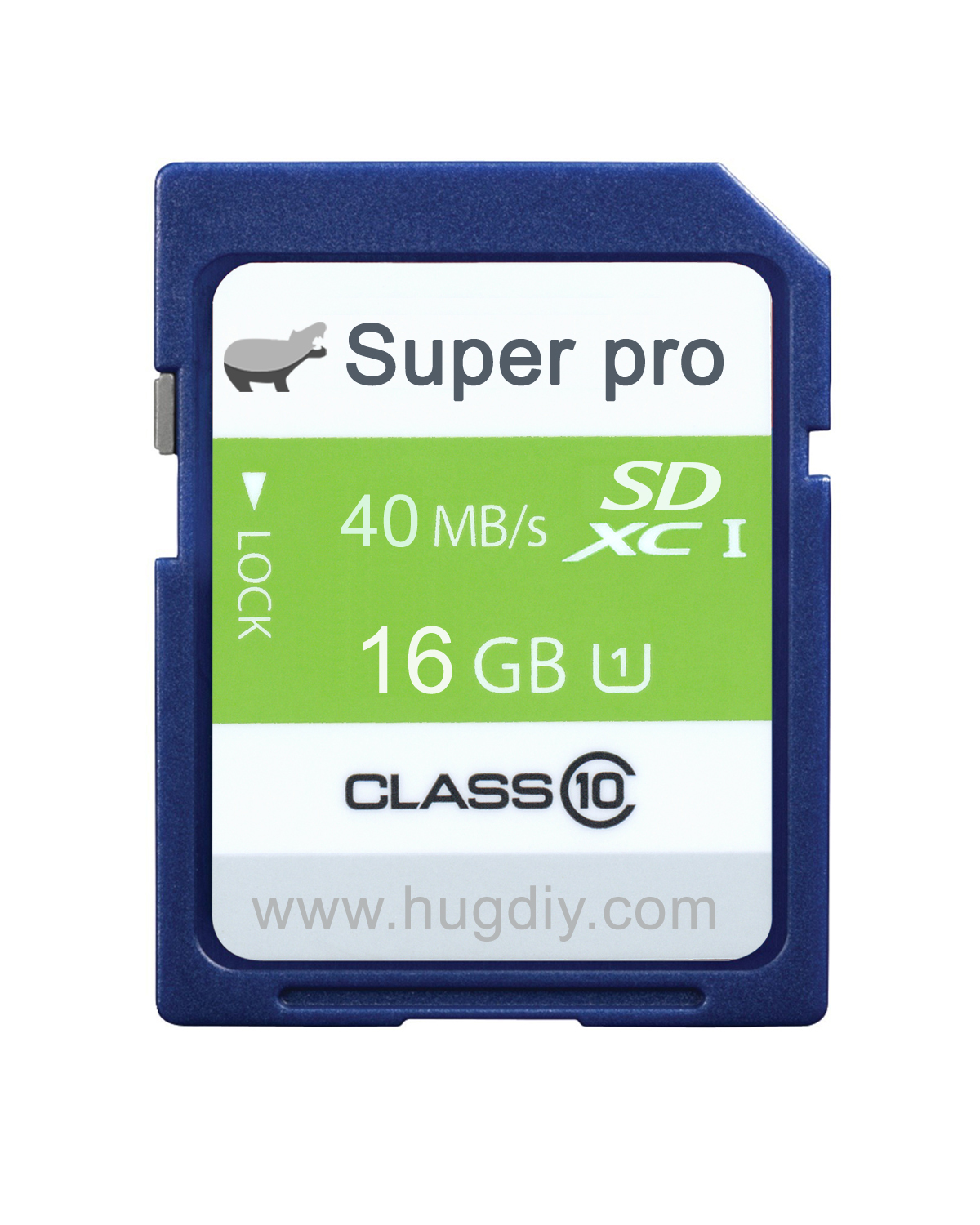Western Digital has displayed PCI-Ex1 SD card with read speed of 888MB/s comparable to SSD.

SD Association has been hoping to introduce high-speed and flexible PCI-E bus into SD card. WD displayed an experimental design. Amazingly, with the help of M.2-SD adapter, it can achieve a sequential read speed of 888MB/s and a sequential write speed of 430MB/s.
WD said that its actual read speed can achieve 985 MB/s, far more than UHS-III SD standard maximum speed of 624 MB/s.
Specifically, on the basis of the existing SD UHS-II/III pins, WD has completed this design with the help of a physical adapter connecting to PCI-E 3.0 X1 bus (theoretical bandwidth of 1GB/s) and the help of a converter providing standard PCI-E voltage.
Specific types of master control and flash are not published, and are likely to be customized.
WD indicated that the cost of PCI-E SD interface is not as high as expected, because the physical layer of PCI-E x1 PHY is relatively simple.
However, the standard of PCI-E SD card has not yet been formulated, and there will be no products on the market in short term. The current display is only to verify its feasibility and attract industry attention.

The development of PCI-E SD card can be thought to be very nice. In the future, single channel bandwidth of PCI-E 4.0 and PCI-E 5.0 will double to 2GB/s and 4GB/s, respectively. At that time, there will be no need to expand the number of PCI-E channels of SD card. Only after upgrading the standard, PCl-E SD card can provide good performance comparable to M.2 SSD.
SD Association also appealed to the industry to participate in the formulation of PCI-E SD/microSD card standards at MWC 2018. The basic principle is to add PCI-E and NVMe interface, and be compatible backward with traditional SD on the basic of maintaining the existing form factors.

